Fill monitoring
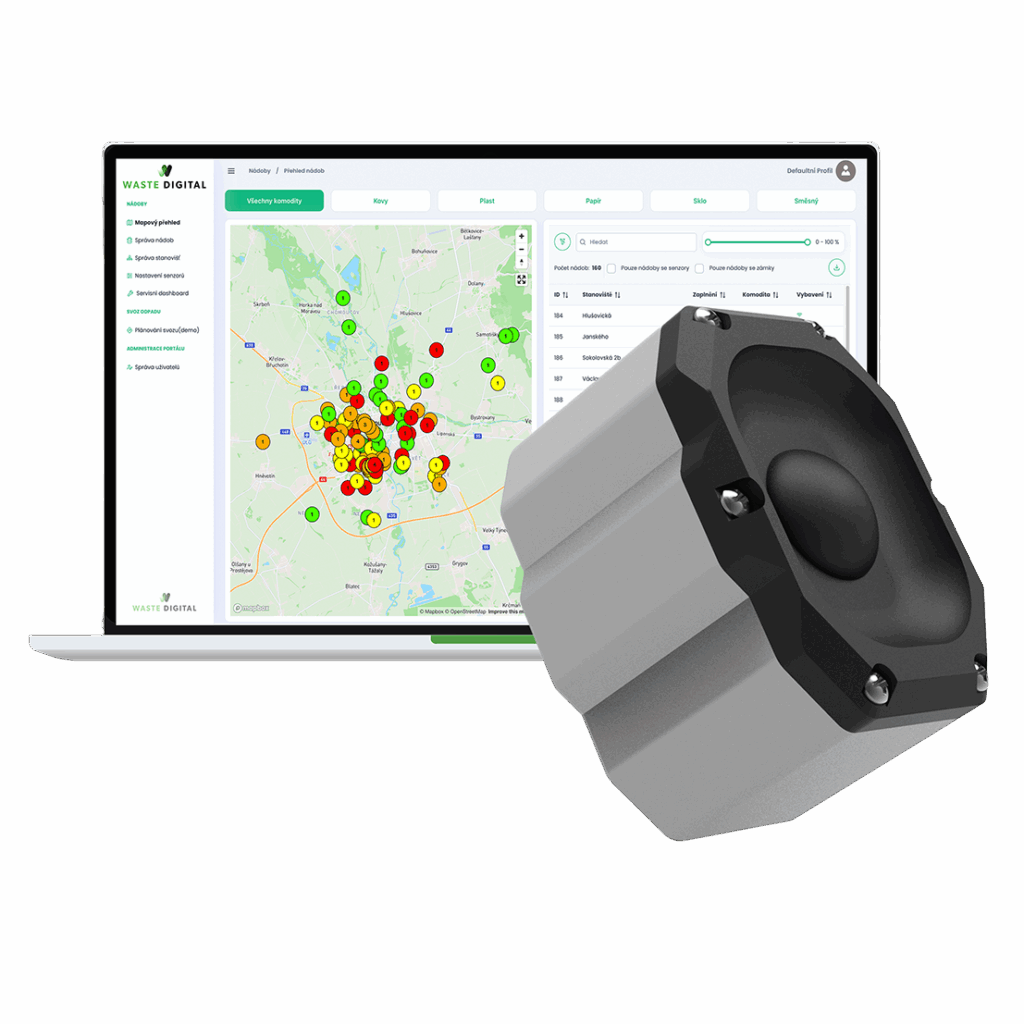
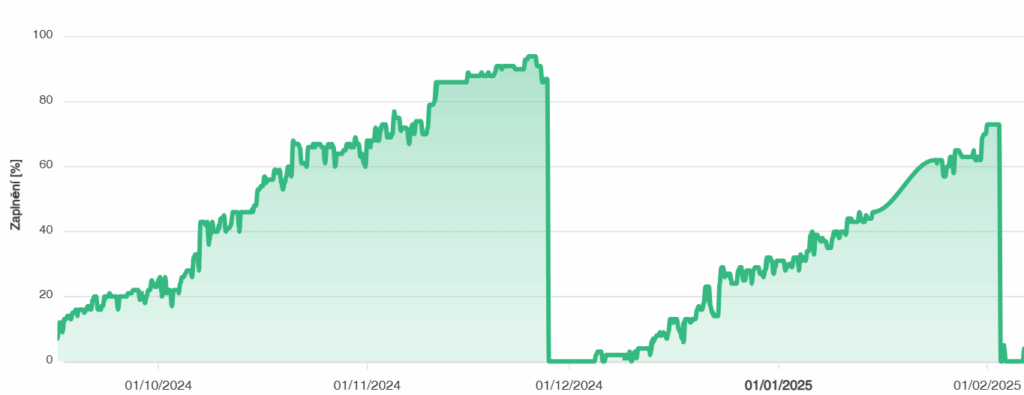
Fill-level monitoring is part of the Waste Digital Platform.
Benefits
- Reduction of waste collection costs
- Detection and recording of collections and verification with the collection schedule
- Collection optimization – frequency and routes
- Collection infrastructure optimization
- Accurate data on container fill levels and waste production
How does it work?
Hardware
Fill-level sensors
A sensor installed in the waste container measures its fill level and other operational parameters at predefined intervals. The collected data are then transmitted to a server for further processing.
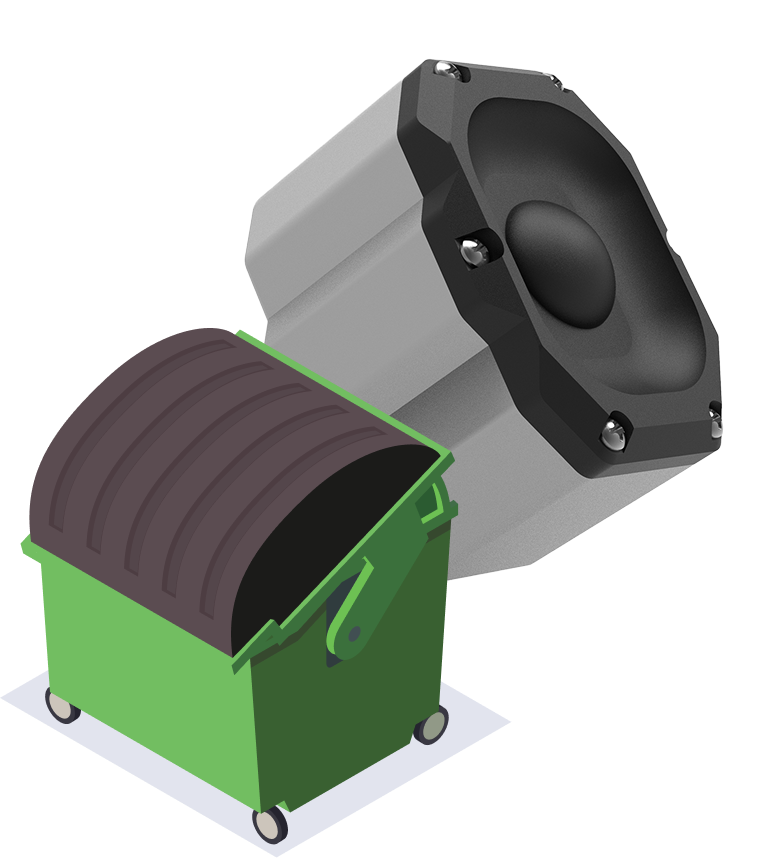


Cloud system
Cloud-based solution
The internal cloud processes and stores data from sensors and performs computational operations to generate detailed statistics and insights. Your data are secure with us and accessible from anywhere.

Software
Web application
Our web application is fully accessible from any device and provides clear data visualization through tables and graphs. It also offers detailed statistics, a container fill-level map, collection information, and enables access management for containers.
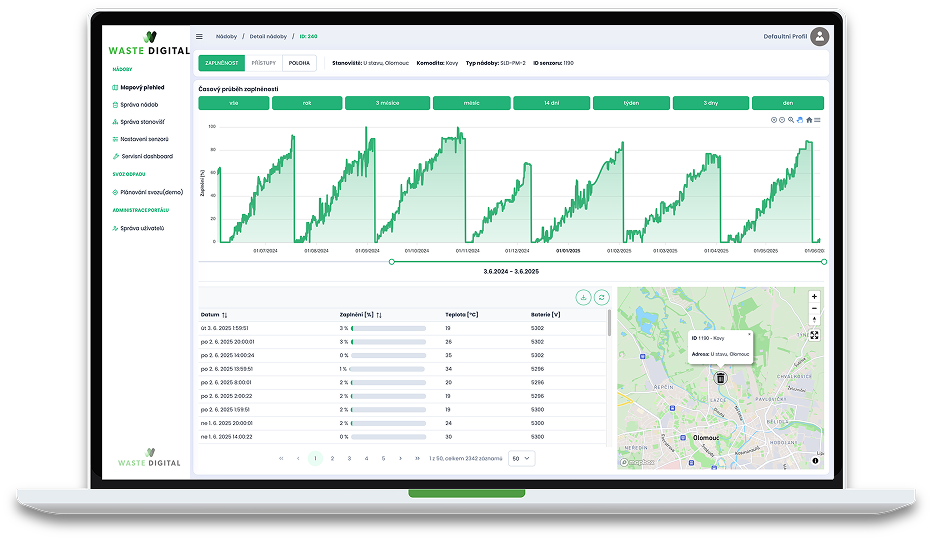

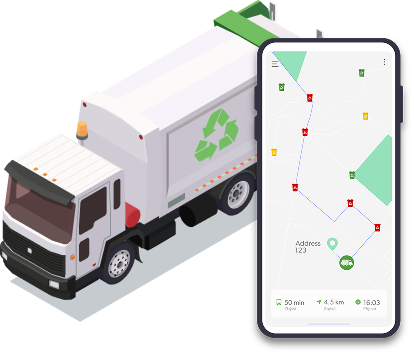
Algorithmization
AI algorithm for route planning
Our algorithm evaluates statistics based on measured data, performs dynamic route planning, and optimizes collection frequency. Waste collection companies can then use our navigation app for efficient operations.

Technical specifications Bee
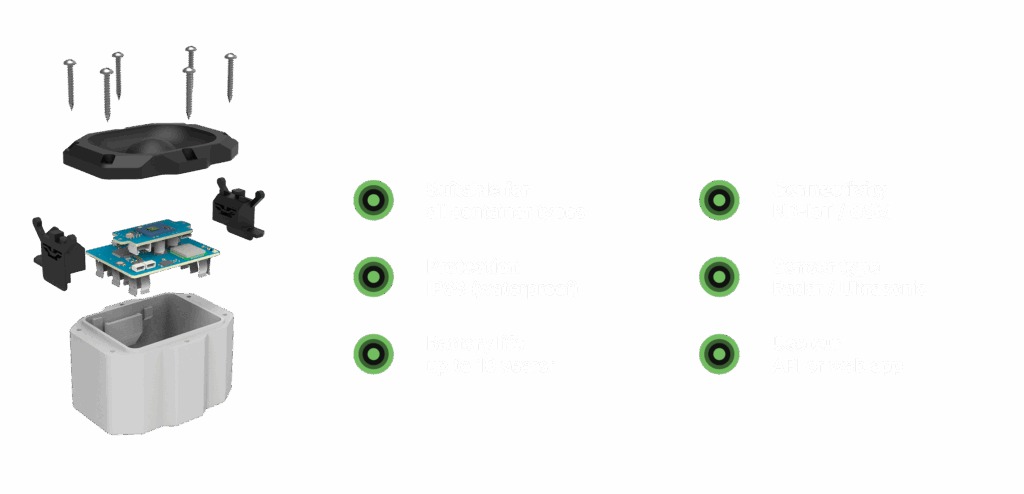
Sensor variants
We offer two sensor variants for different installation methods. Topbee is designed for top mounting (e.g., on the lid), while Wallbee is installed on the upper side of the container. Both versions provide the same measurement and connectivity functions; the choice depends on the container type and design (above-ground, semi-underground, or large-capacity) as well as on installation and maintenance preferences.
WallBee
Mounted on the side of a wheelie waste container.
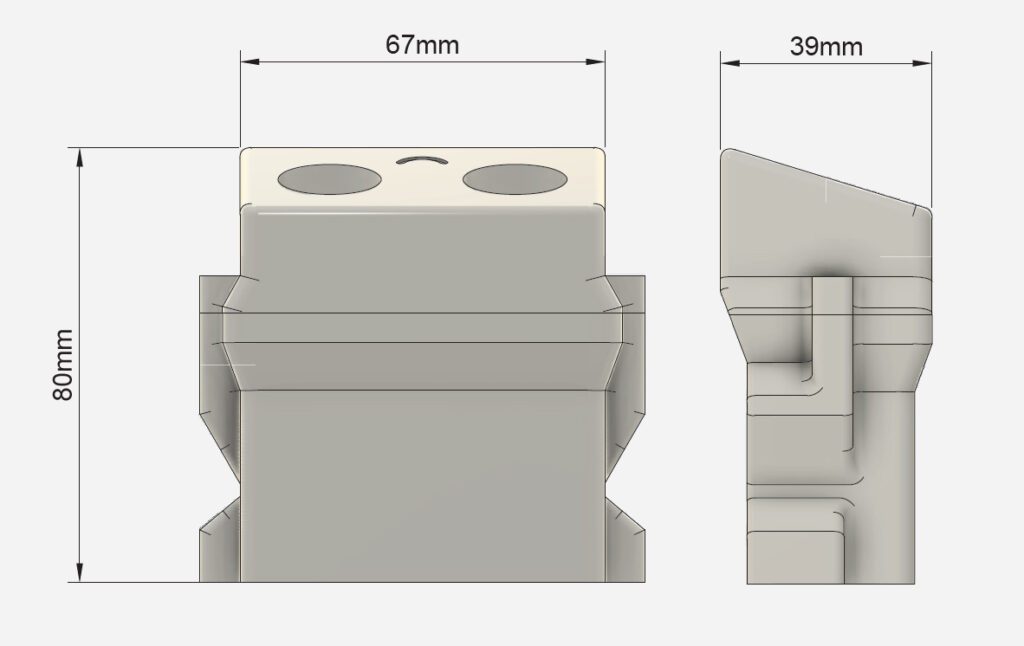
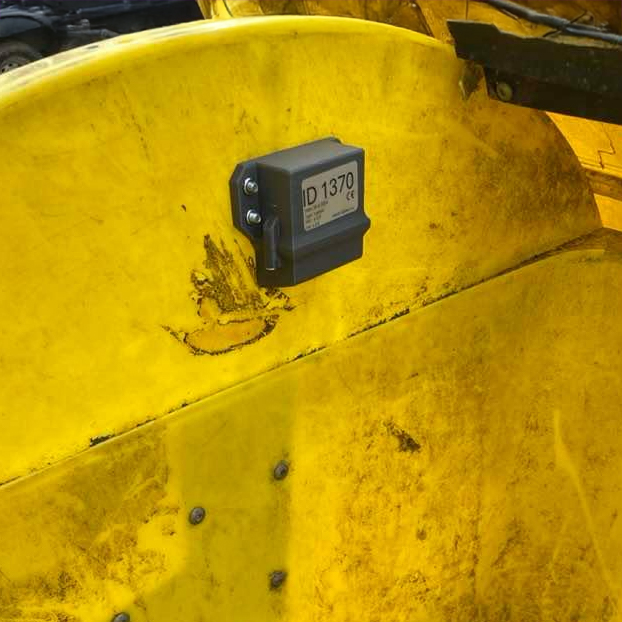
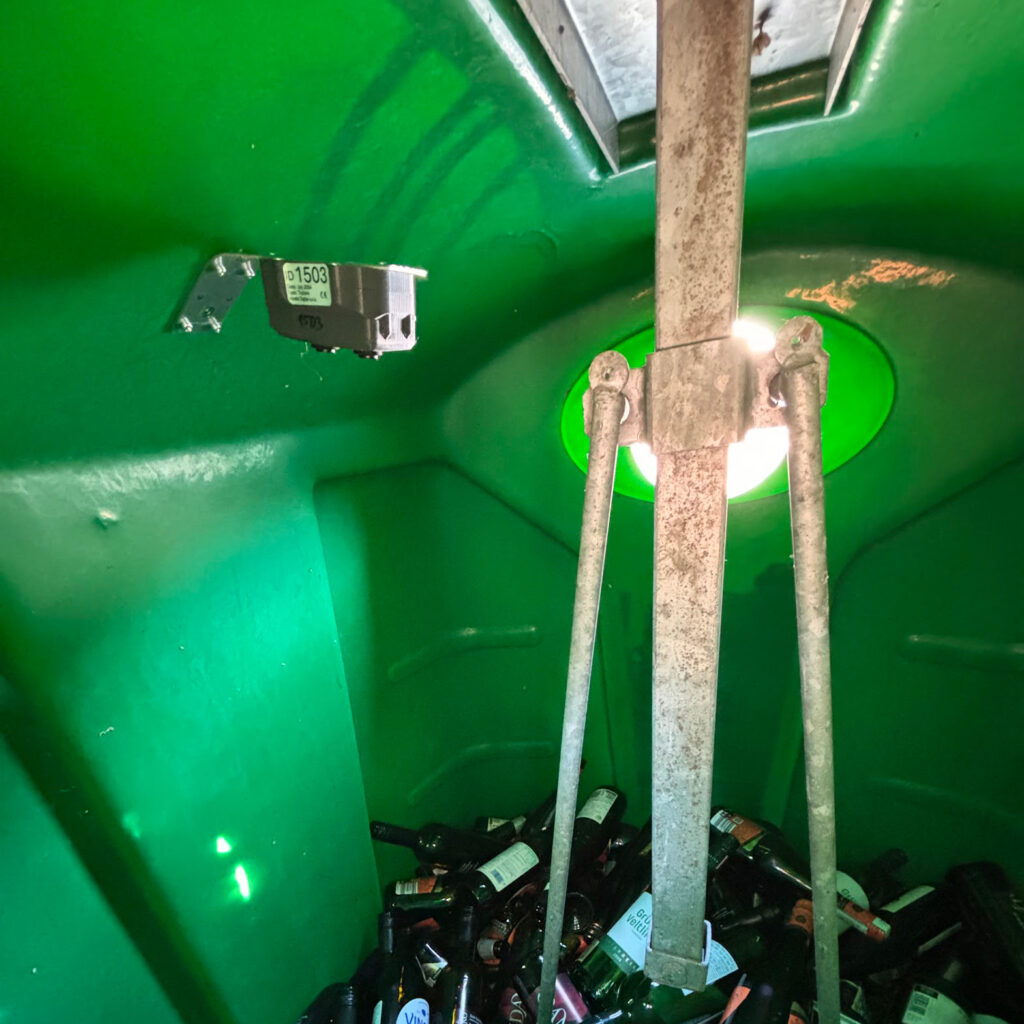
TopBee
ChatGPT said:
For containers with bottom emptying.
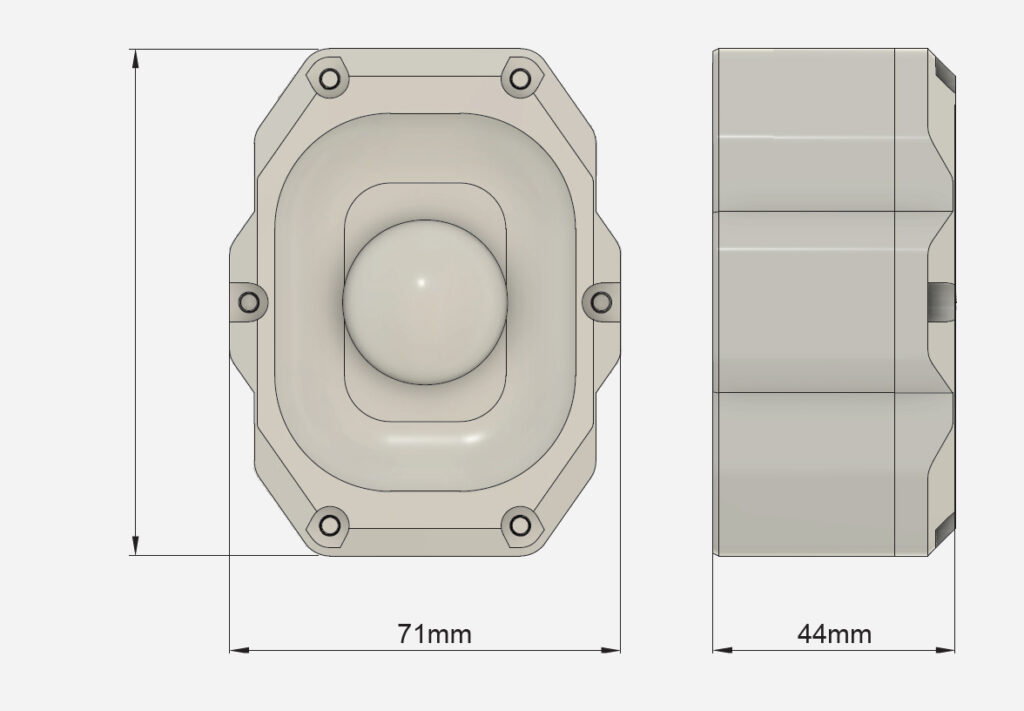
TopBee
For containers with bottom emptying.


